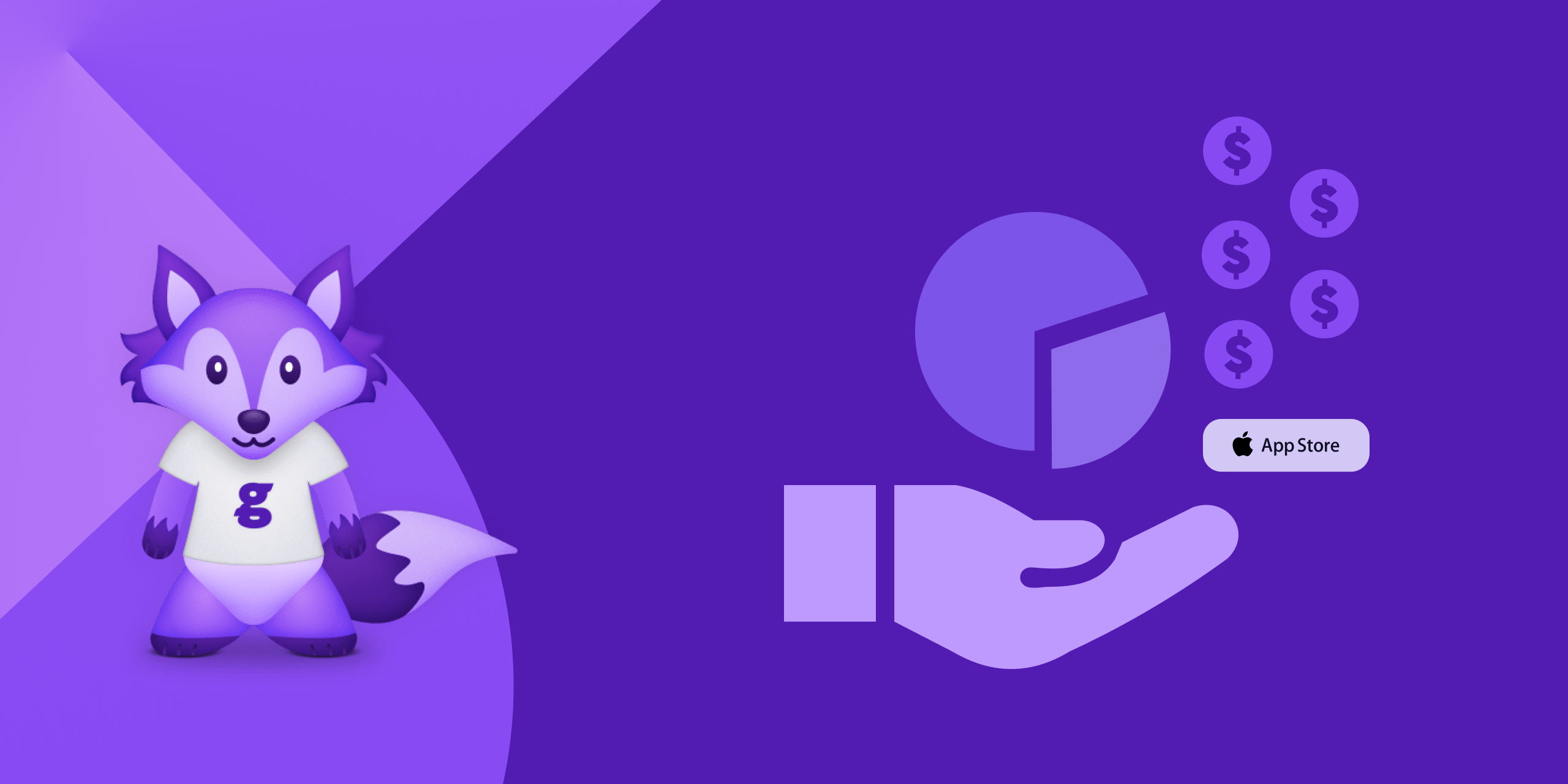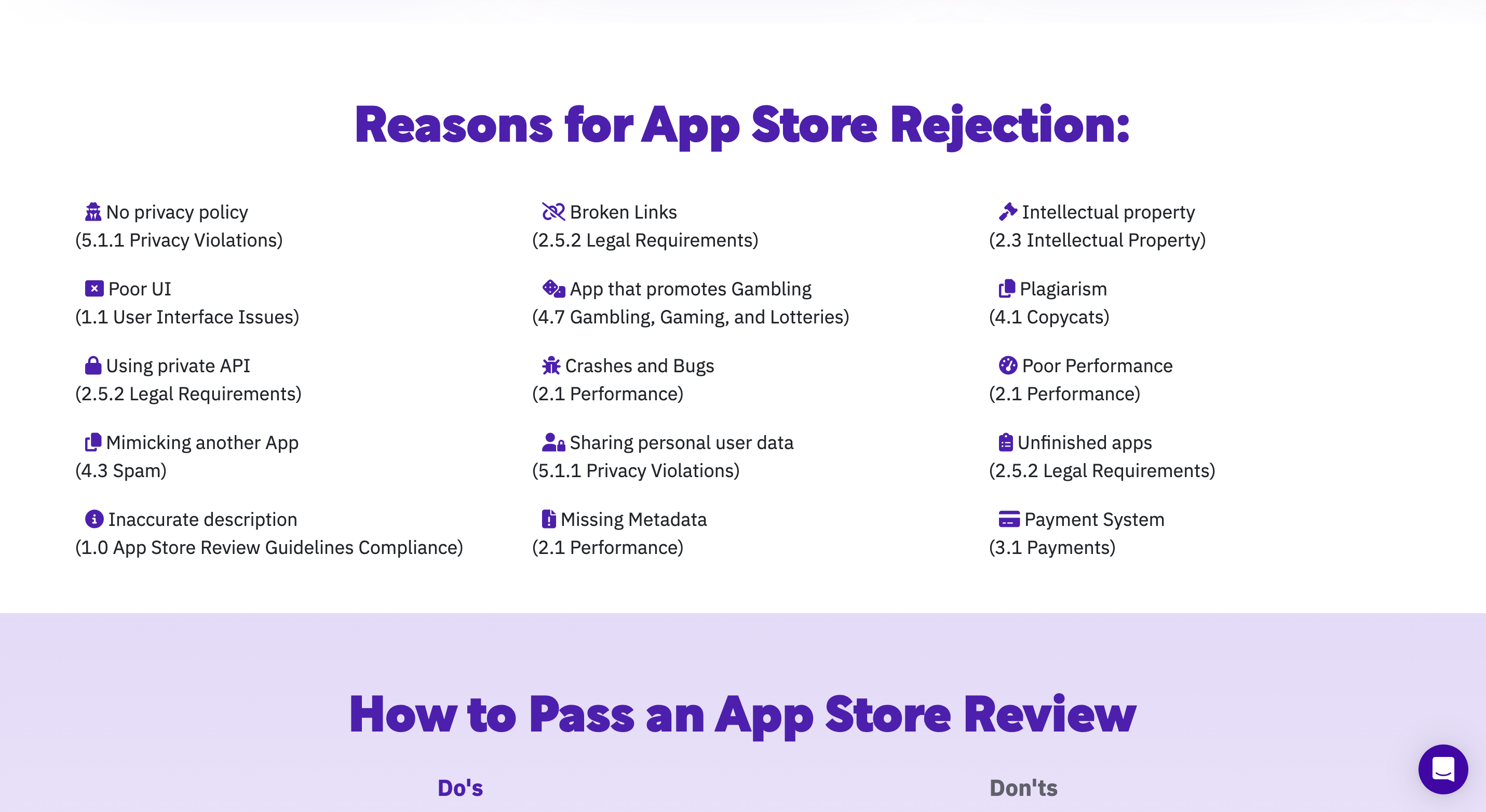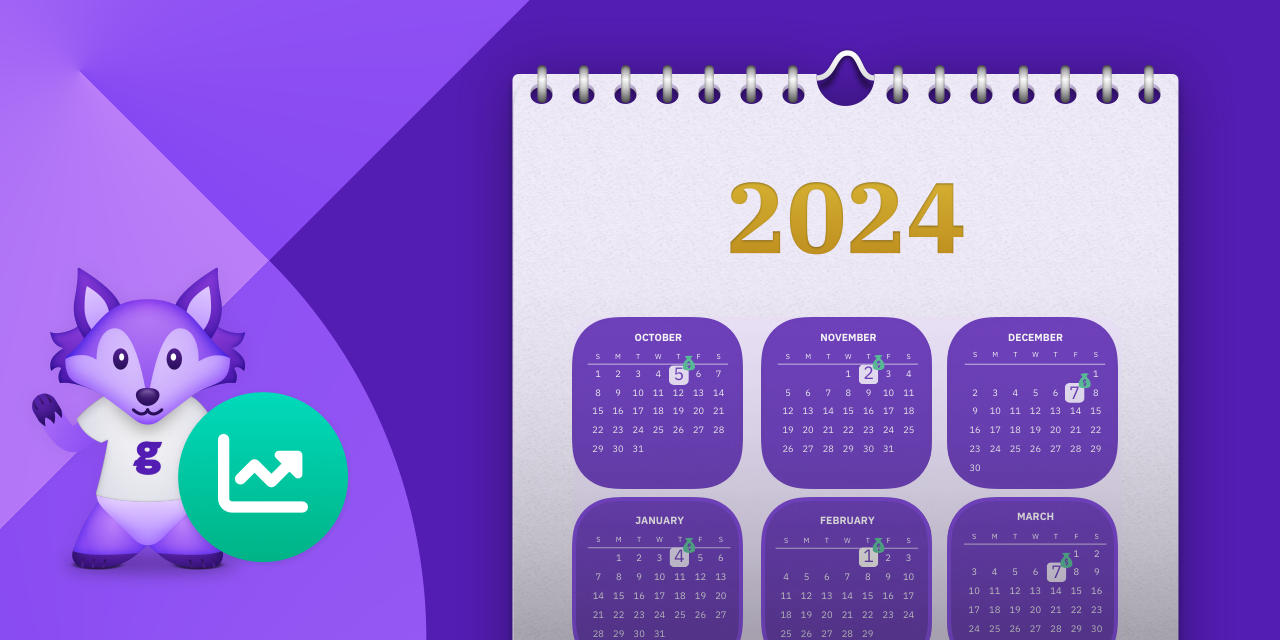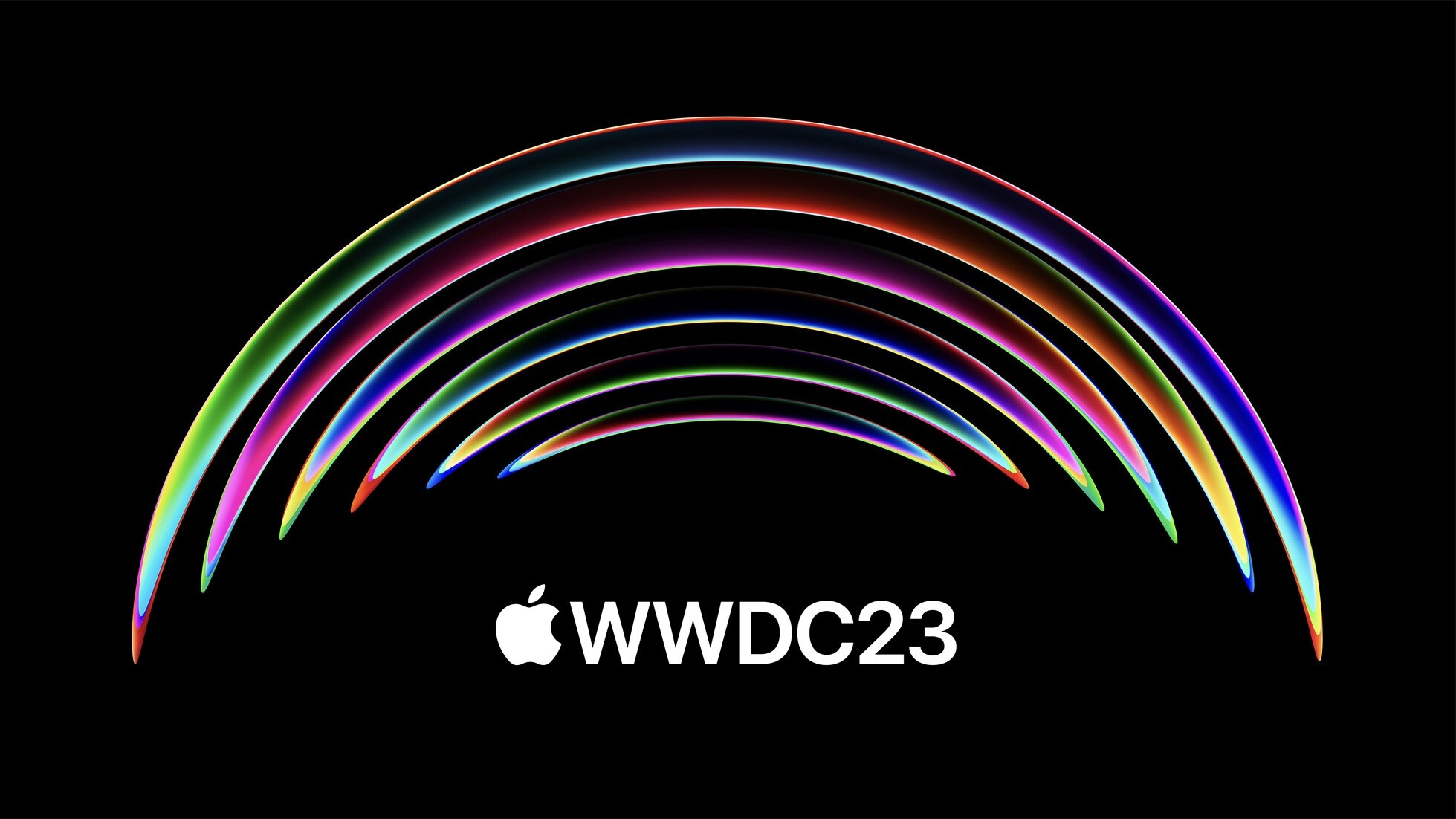Content
App Store Revenue Share in 2024

Key Trends App Revenue
Robust Financial Performance: Apple reported a notable increase in services revenue in Q1 2024, with a quarterly revenue of $119.6 billion and a 16% increase in earnings per diluted share, marking significant year-over-year growth. The installed base of active devices has now surpassed 2.2 billion, signaling a vast market for app developers (Apple Press Release)
Dominance of Free Apps: The App Store currently hosts 1.81 million apps, with free apps constituting 95% of this number. This underscores a strong consumer preference for free-to-download models, steering the monetization strategies of developers (Business of Apps).
Consumer Spending and Downloads: In 2023, consumer spending on the Apple App Store reached $89.3 billion, with a 7% increase in app and game downloads. This growth trajectory indicates a buoyant market for app developers (Business of Apps).
Policy Adjustments and Market Dynamics: Apple has adjusted its in-app purchase fee to 15% for developers earning up to $1 million in revenue, aiming to support small developers and adapt to criticisms over its fee structure. Additionally, both Apple and Google have tightened entry barriers for developers to enhance app quality (Business of Apps).
App Store Revenue Share
Commission rates for leading app stores worldwide as of August 2023
The Apple App Store has historically charged a standard commission rate of 30% on transactions, which is consistent across most sales including app purchases and in-app transactions. This rate applies to both regular app sales and subscriptions, although Apple introduced a reduced rate of 15% for subscriptions after the first year to encourage long-term customer relationships.
Small Business Program
You may qualify for a reduced rate of 15% if your previous year proceeds do not exceed 1 million USD.
Source: https://developer.apple.com/app-store/small-business-program/
Source: https://www.statista.com/statistics/975776/revenue-split-leading-digital-content-store-worldwide/
Tips for App Owners and Developers
Given these trends, you can adopt several strategies to optimize your presence on the App Store and maximize revenue:
Embrace the Freemium Model: With a vast majority of apps being free, consider adopting a freemium model that offers basic features for free while charging for premium features. This model caters to consumer preferences and can drive revenue through in-app purchases and subscriptions.
Optimize for Active Devices: Leverage the expanding base of active devices by ensuring your app delivers value across all Apple products. Tailor your app’s design and functionality to enhance user experience on iPhones, iPads and other Apple devices.
Focus on Quality and Compliance: In light of stricter app store policies, prioritize the quality and compliance of your app. Regularly update your app to meet the latest standards and utilize app store optimization (ASO) strategies to improve visibility and attract quality users.
Capitalize on Subscription Models: With consumer spending on the rise, integrate subscription models into your app. Offer tiered subscription options that provide ongoing value, encouraging users to invest in longer-term relationships with your app.
Monitor Emerging Trends: Stay informed about the latest app store trends and consumer preferences. Adapt your development and marketing strategies to align with these trends, ensuring your app remains relevant and competitive.
Explore Niche Markets: Given the saturation in popular categories, explore niche markets that may be underserved. Tailor your app to meet specific needs within these niches to potentially capture a user base that is willing to pay for your product.
The App Store’s landscape in 2024 presents a mix of challenges and opportunities for app developers. If you’re looking for app approval strategies, check out this resource:
https://glassfy.io/app-store-approval-dos-donts/

Sources:
https://www.businessofapps.com/data/apple-app-store-statistics/
https://www.businessofapps.com/data/app-stores/
https://www.apple.com/newsroom/2024/02/apple-reports-first-quarter-results/
Read More




